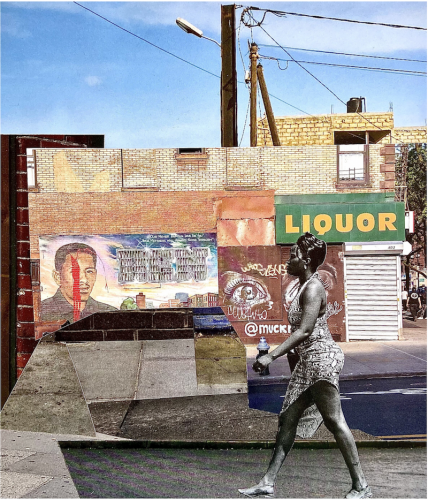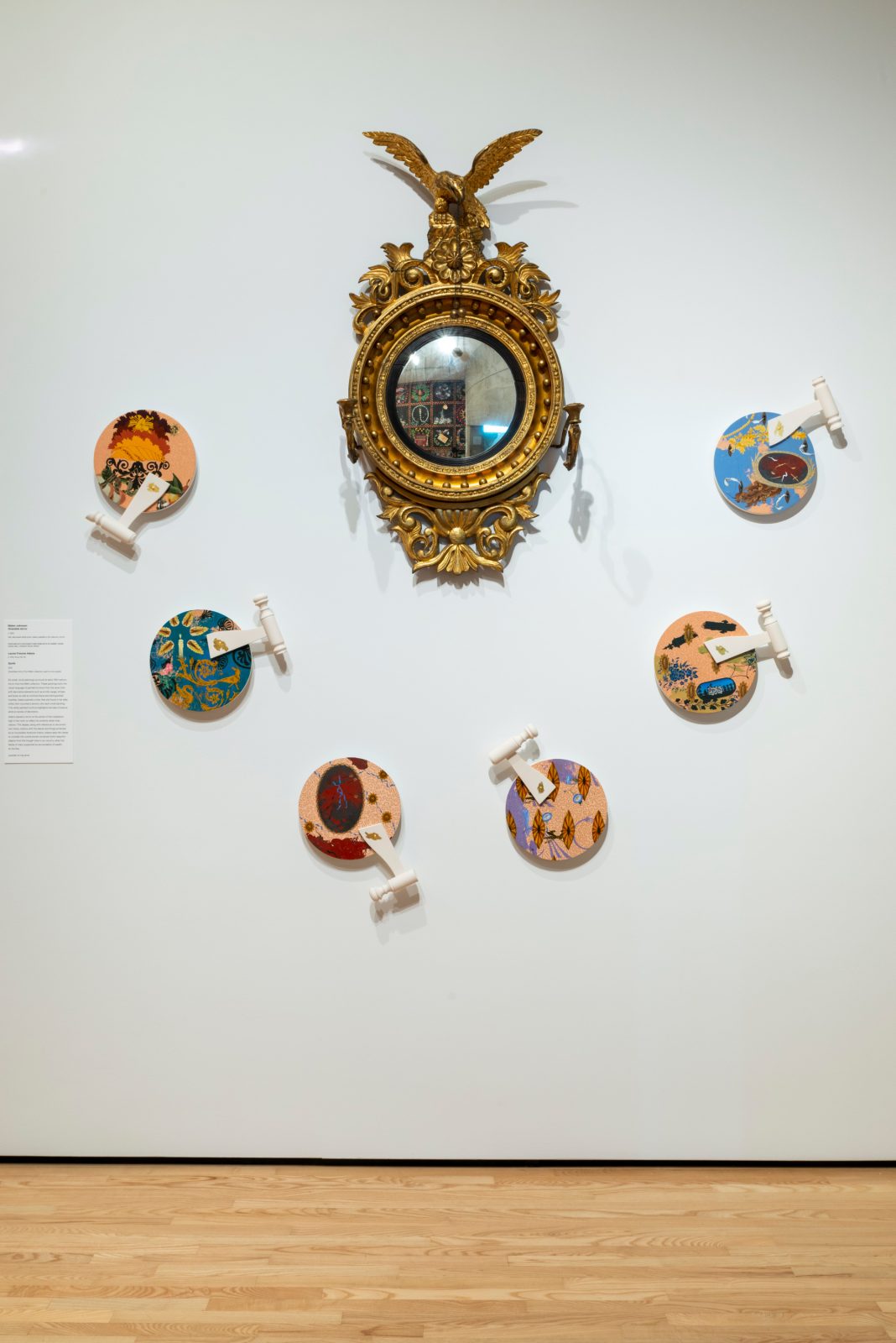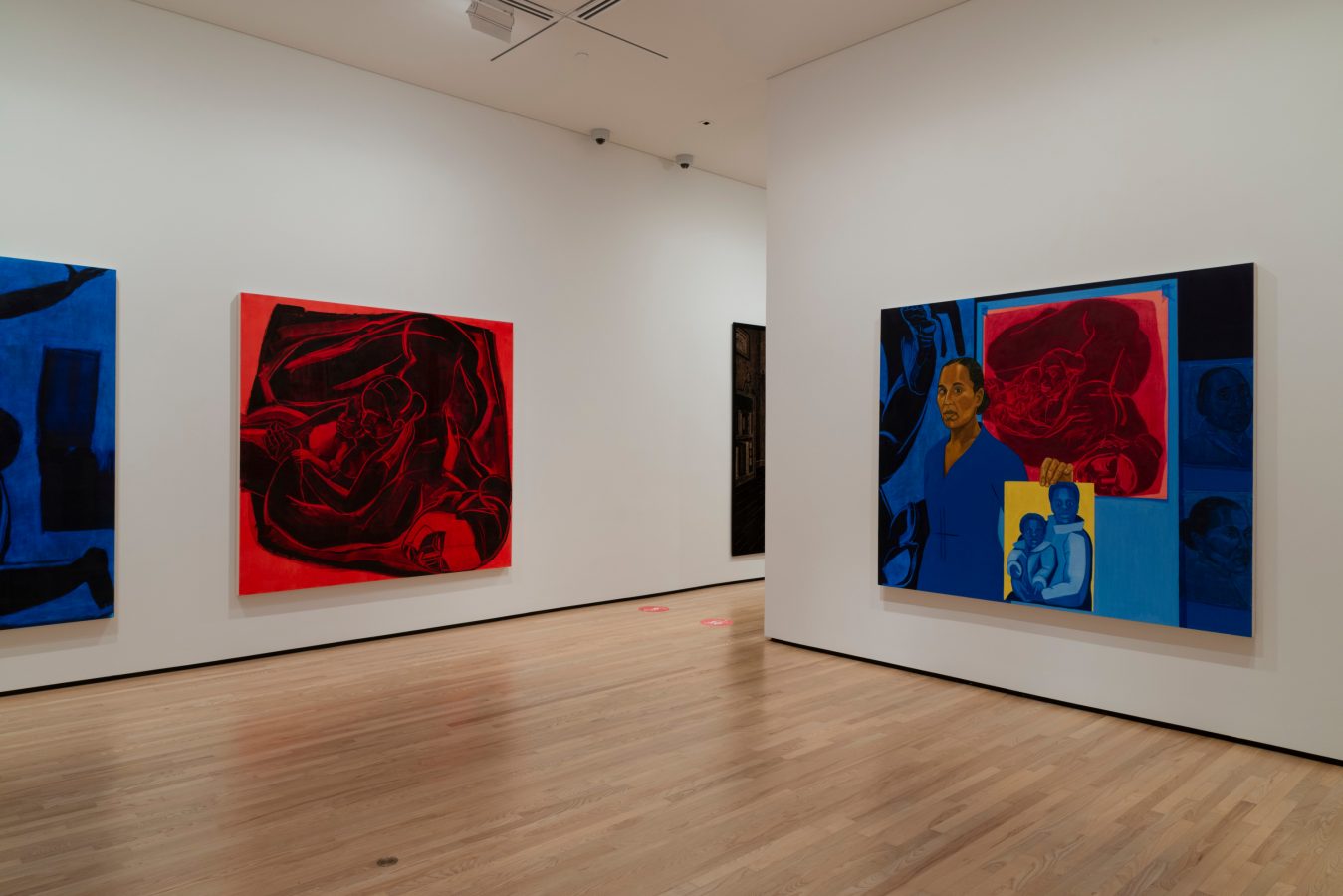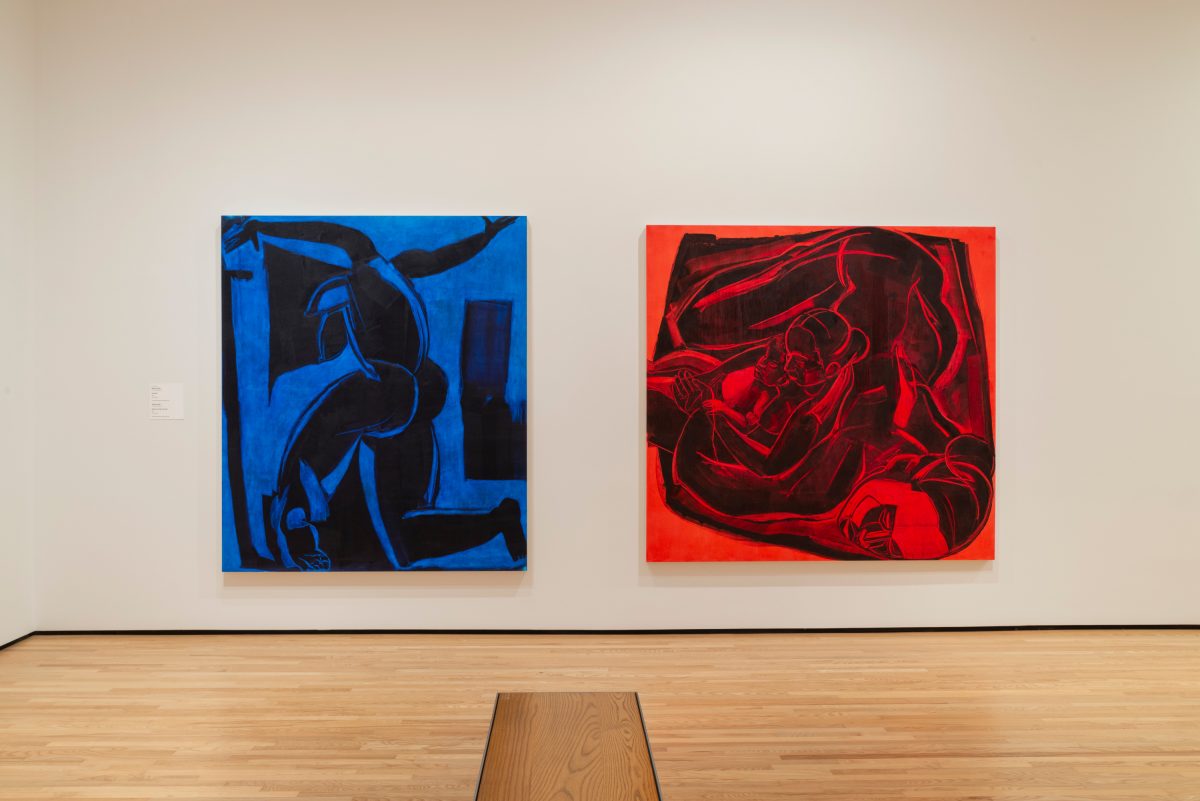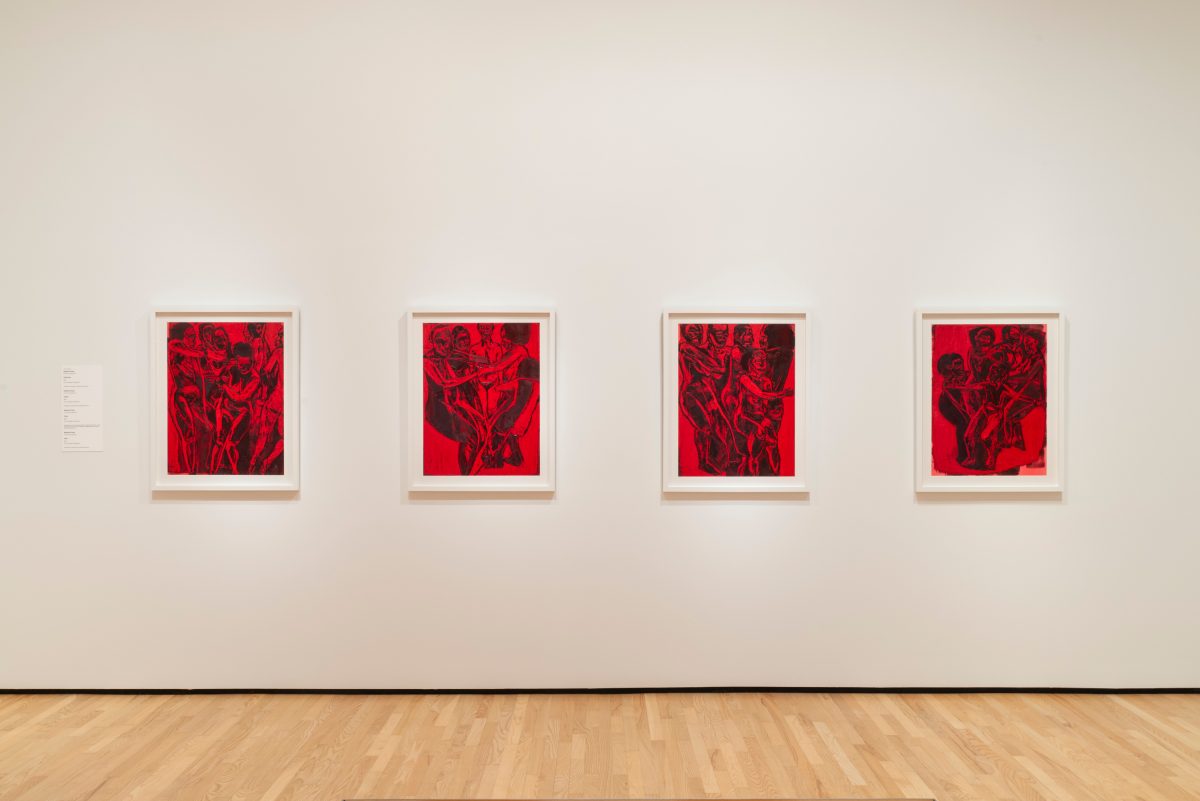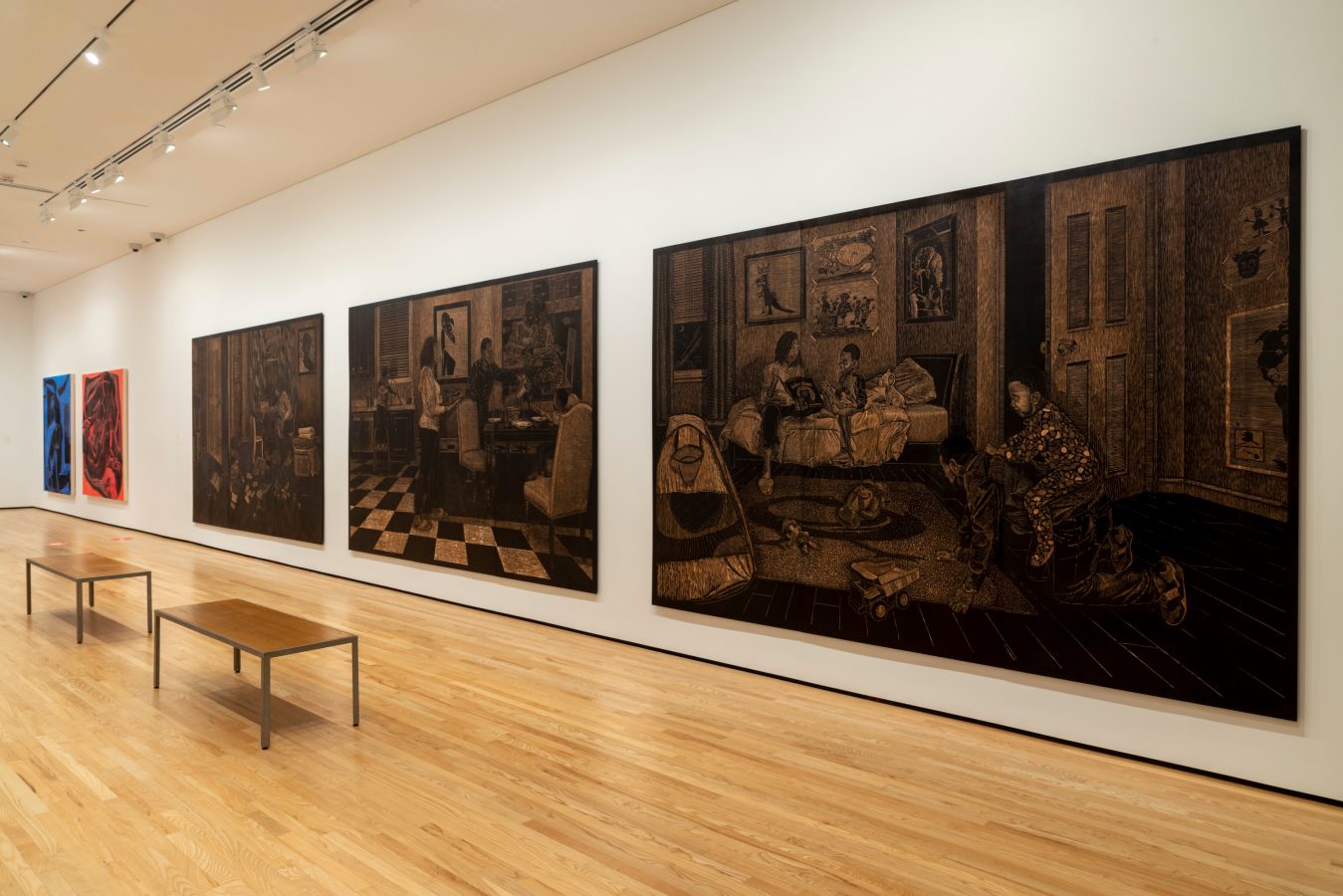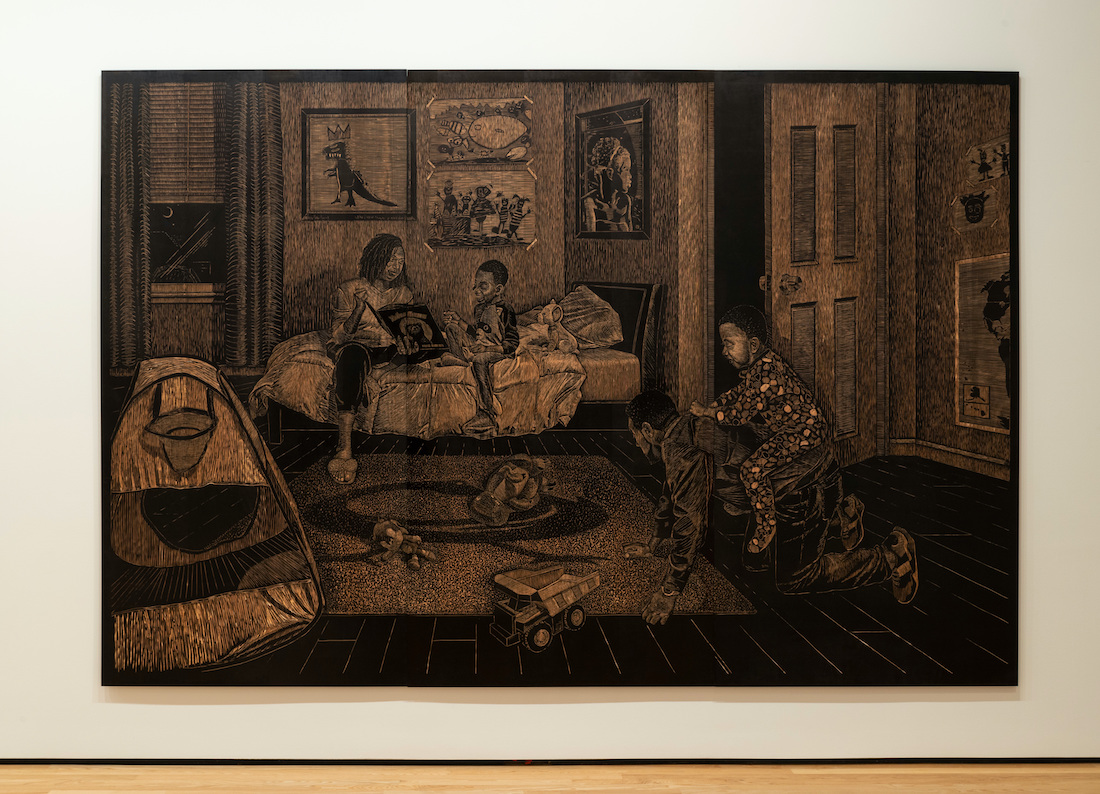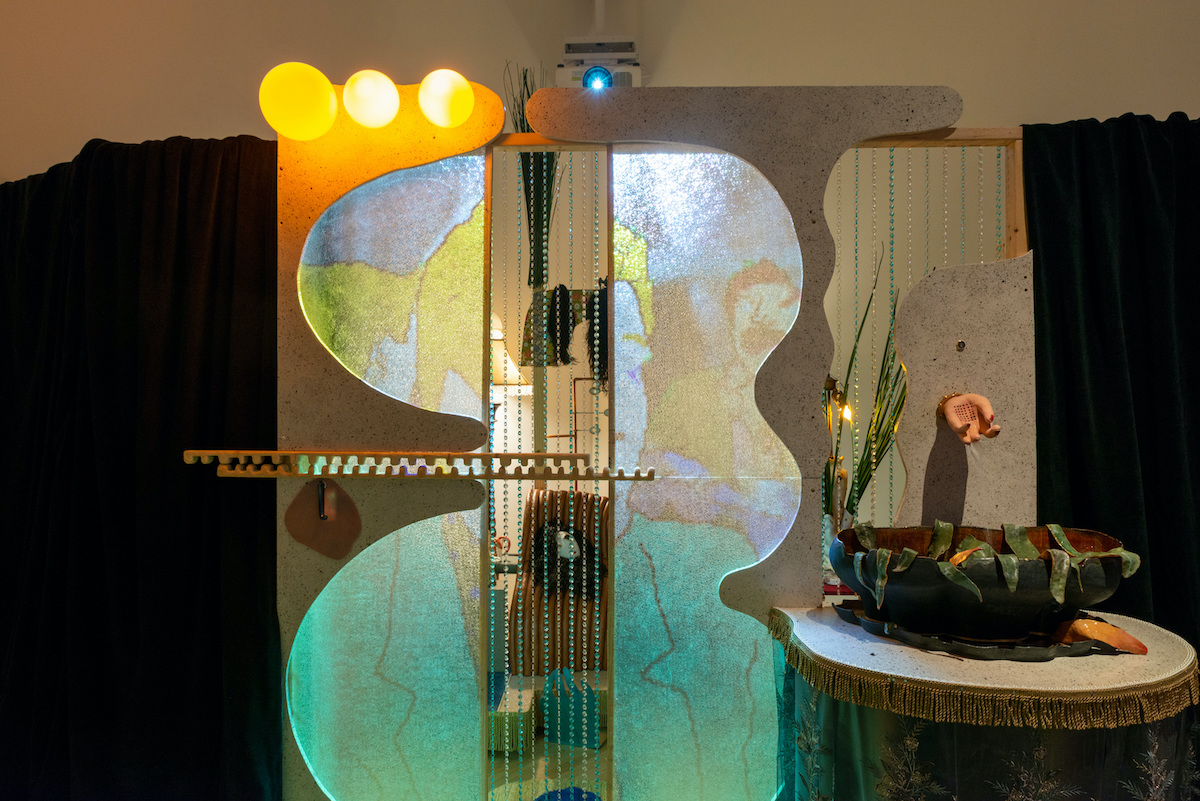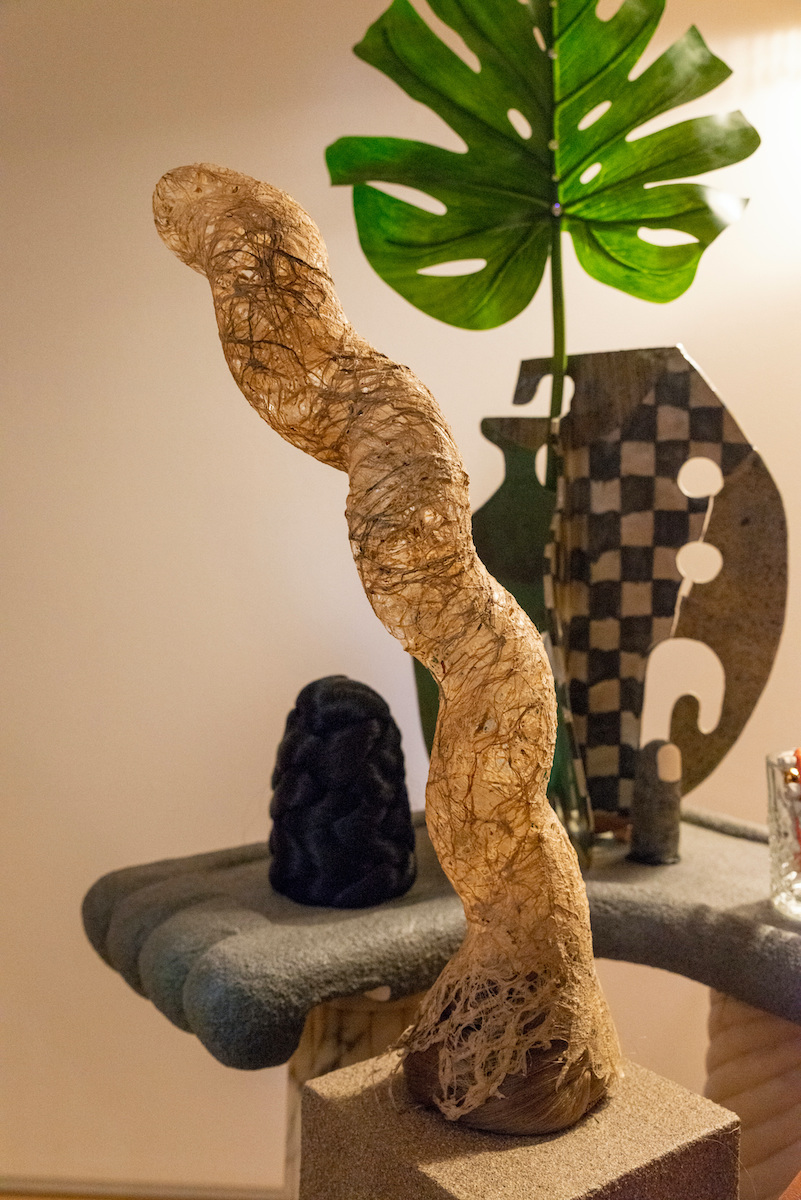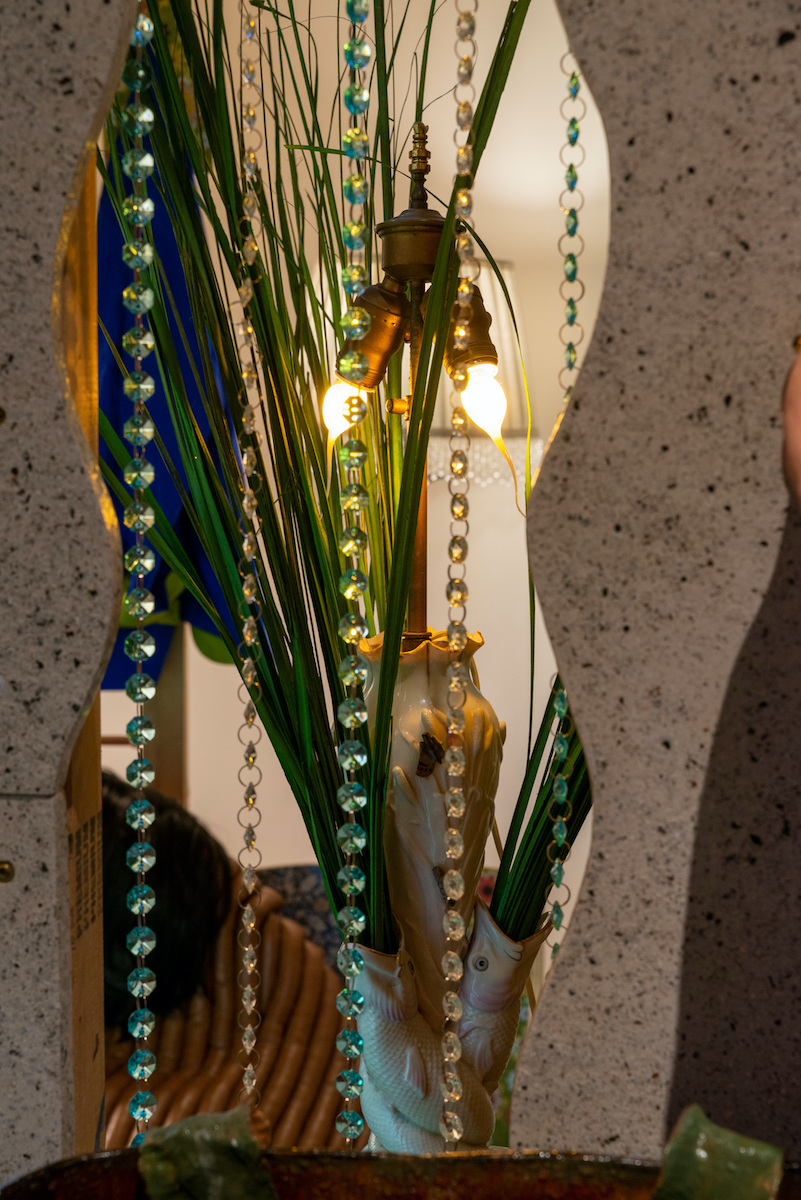Institutions are great at making gestures and proclamations, less great at follow-through. The past few years in particular have seen numerous museums and universities issuing grandiose statements about equity and diversity but with few methods for audiences to measure their progress and hold them accountable. So then, when certain programs or shows take on sociopolitical issues, one might wonder, “Is that what they meant? Is this going to fix it?” (Within the workplace, concerns of equity are hardly rectified without workers organizing from the bottom-up, hence recent increases in unionization.) Museum exhibitions generally still fixate on big names and artists repped by New York galleries in order to attract an audience, rarely giving local artists enough—if any—room to shine.
It was thus pleasantly refreshing to view All Due Respect at the Baltimore Museum of Art. Not pinned to a conceptual theme, the show is instead centered around a professional connection, featuring four Baltimore artists who have at some point in their careers received support from the Joan Mitchell Foundation. All Due Respect was supposed to run concurrently with the Joan Mitchell retrospective, but the pandemic altered the timelines, so the retrospective debuted at SFMOMA instead of the BMA in 2021 and opens this March in Baltimore. Initially in conjunction with the larger exhibit, artists Lauren Frances Adams, Mequitta Ahuja, LaToya M. Hobbs, and Cindy Cheng were given significant project support from the BMA in order to create new bodies of work, now displayed in connected but discrete galleries (upstairs in the Contemporary Wing) and curated by Leila Grothe.
As an exhibition, All Due Respect opens up wide and allows viewers to find their way independently through each artist’s installation, mainly because the show does not attempt to shoehorn these artists into any delimiting or overbearing scheme. Of course, there is wall text explaining elements of each artist’s work, but it’s concise and intriguing rather than definitive. The connections that emerge among the artworks do so organically and without didacticism—there’s a fluidity in the structure that enhances the overall viewing experience. All Due Respect raises questions about relationships and conceptual frameworks that exist in small cities and professional circles and recognizes that these ties matter, even if abstractly.

